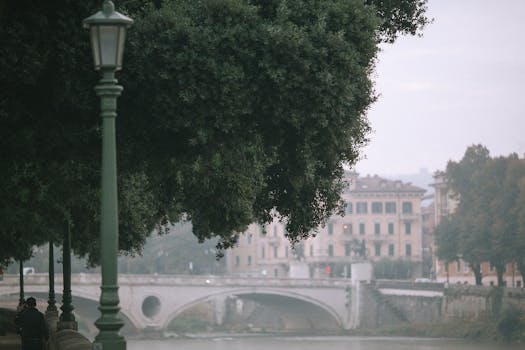
Urban Green Spaces: The Future of Outdoor Living in European Cities by 2025
Urban Green Spaces are becoming increasingly important in European cities, and for good reason. As the world becomes more urbanized, the need for green spaces has never been more pressing. Urban Green Spaces are not just aesthetically pleasing, but they also provide numerous benefits for both the environment and the people who live in these cities.
What are Urban Green Spaces?
Urban Green Spaces refer to any area in a city that is covered in vegetation, such as parks, gardens, and green roofs. These spaces can be public or private and can range in size from small gardens to large parks. The concept of Urban Green Spaces is not new, but it has gained significant attention in recent years due to its numerous benefits.
Benefits of Urban Green Spaces
Urban Green Spaces have numerous benefits, including:
- Improving air quality: Vegetation in Urban Green Spaces helps to remove pollutants from the air, improving the overall air quality in the city.
- Reducing noise pollution: Urban Green Spaces can act as a buffer, reducing the amount of noise pollution in the city.
- Increasing biodiversity: Urban Green Spaces provide a habitat for various plants and animals, increasing biodiversity in the city.
- Improving mental health: Spending time in nature has been shown to have numerous mental health benefits, including reducing stress and anxiety.
- Increasing property values: Urban Green Spaces can increase property values, making them a valuable asset for homeowners and businesses.
The Future of Outdoor Living in European Cities
By 2025, European cities are expected to have even more Urban Green Spaces. This is due to the increasing recognition of the importance of these spaces, as well as the growing demand for sustainable and environmentally-friendly living. Cities such as Paris, Amsterdam, and Copenhagen are already leading the way in terms of Urban Green Spaces, and other cities are expected to follow suit.
Challenges and Opportunities
While Urban Green Spaces are becoming increasingly popular, there are still several challenges that need to be addressed. These include:
- Funding: Creating and maintaining Urban Green Spaces can be expensive, and funding is often a major challenge.
- Space: Finding available space in densely populated cities can be difficult.
- Community engagement: Encouraging community engagement and participation in the creation and maintenance of Urban Green Spaces can be a challenge.
Despite these challenges, there are also many opportunities for Urban Green Spaces. These include:
- Green roofs: Green roofs are becoming increasingly popular, and can provide a unique opportunity for Urban Green Spaces in densely populated cities.
- Community gardens: Community gardens can provide a space for residents to come together and grow their own food, while also providing a green space in the city.
- Public-private partnerships: Public-private partnerships can provide a way to fund and maintain Urban Green Spaces, while also providing a benefit to the community.
Conclusion
Urban Green Spaces are the future of outdoor living in European cities. They provide numerous benefits for both the environment and the people who live in these cities, and are becoming increasingly popular. While there are challenges that need to be addressed, there are also many opportunities for Urban Green Spaces. By 2025, European cities are expected to have even more Urban Green Spaces, making them a model for sustainable and environmentally-friendly living.





